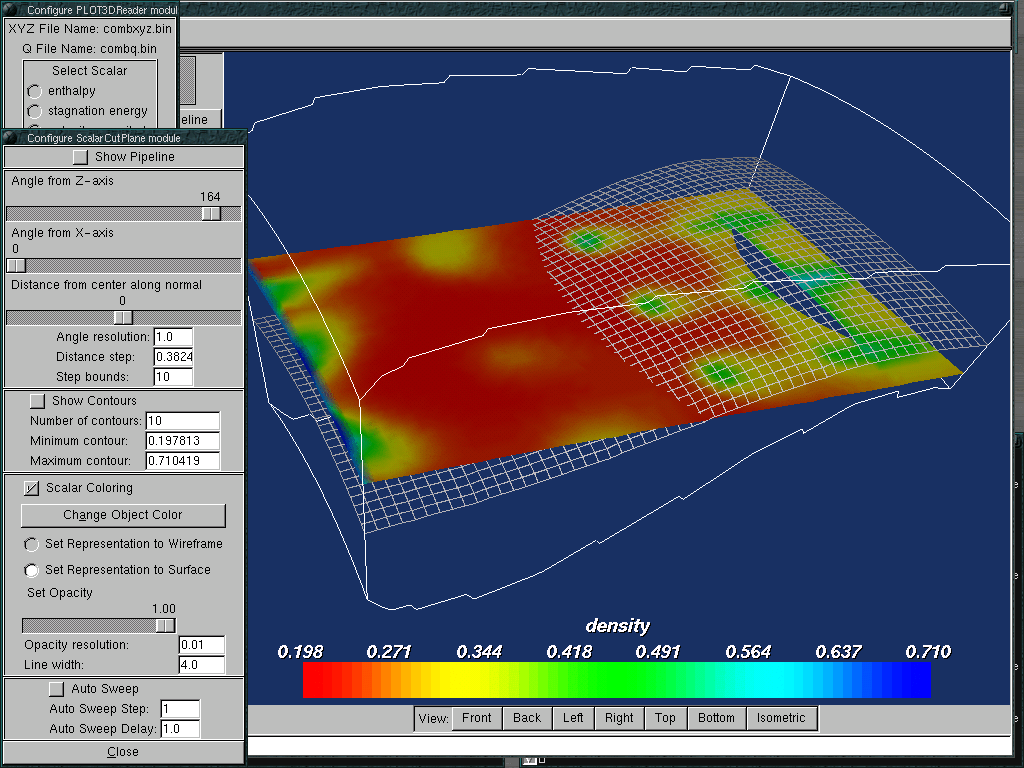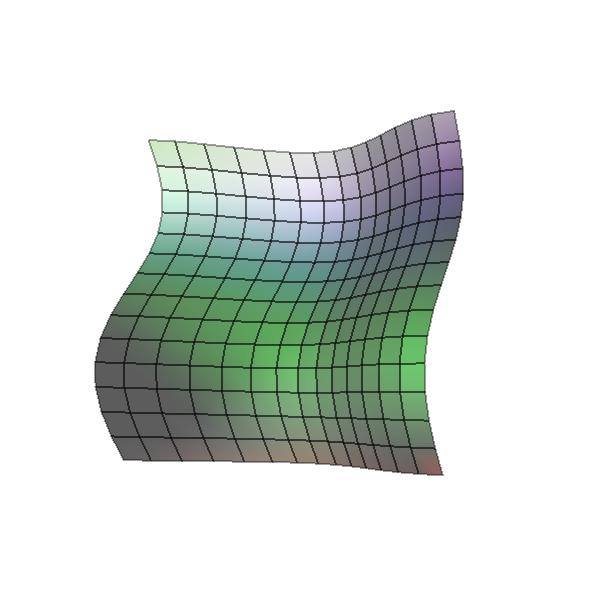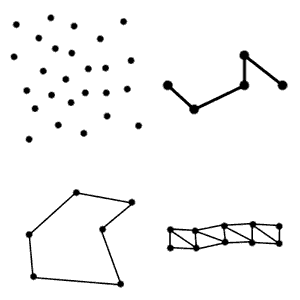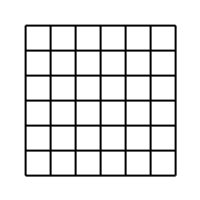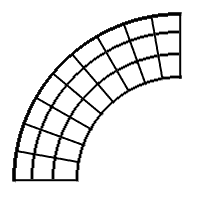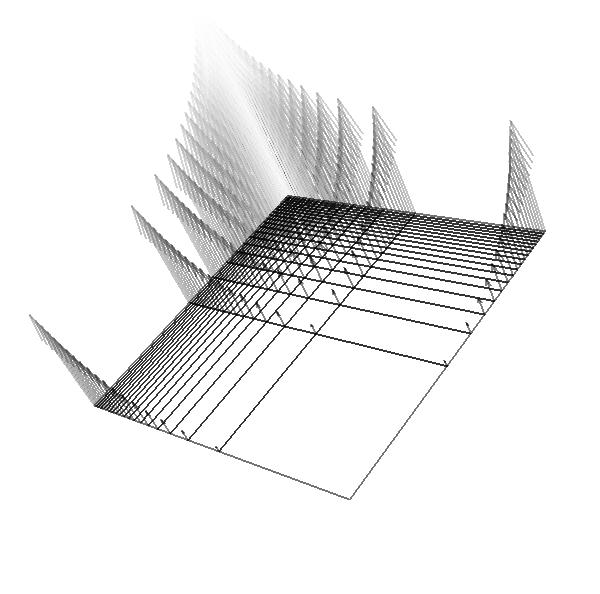import vtk.*;
public class Polygonal {
public static void main(String[] argv) {
PolygonalDataset pd=new PolygonalDataset("data", 5);
// geometry
// index x y z
pd.setPoint( 0, 1.5, 0 , 0 );
pd.setPoint( 1, 0 , 1.5, 0 );
pd.setPoint( 2, 1.5, 1.5, 0 );
pd.setPoint( 3, 0 , 0 , 0 );
pd.setPoint( 4, -1.5,-1.5, 0 );
// topology
pd.addPolygon(new int[] {0, 1, 2, 0});
pd.addLines (new int[] {3, 4});
// fields (here only one)
ColorField cf = new ColorField("lut", 5,1,1);
// set colour of points
// index r g b alpha
cf.setColor(0,0,0, 1,0,0, 1);
cf.setColor(1,0,0, 0,1,0, 1);
cf.setColor(2,0,0, 0,0,1, 1);
cf.setColor(3,0,0, 0,0,0, 1);
cf.setColor(4,0,0, 0,0,0, 1);
// add colour field to this Polygonal Dataset
pd.add(cf);
pd.write("polygonal.vtk");
}
}
|
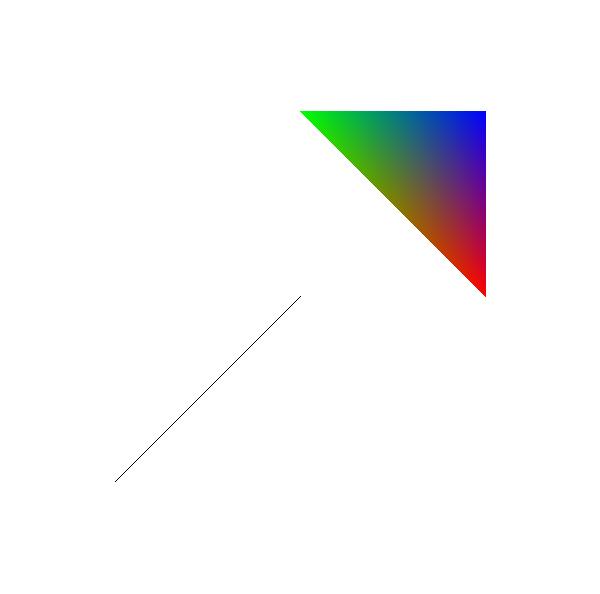 |
